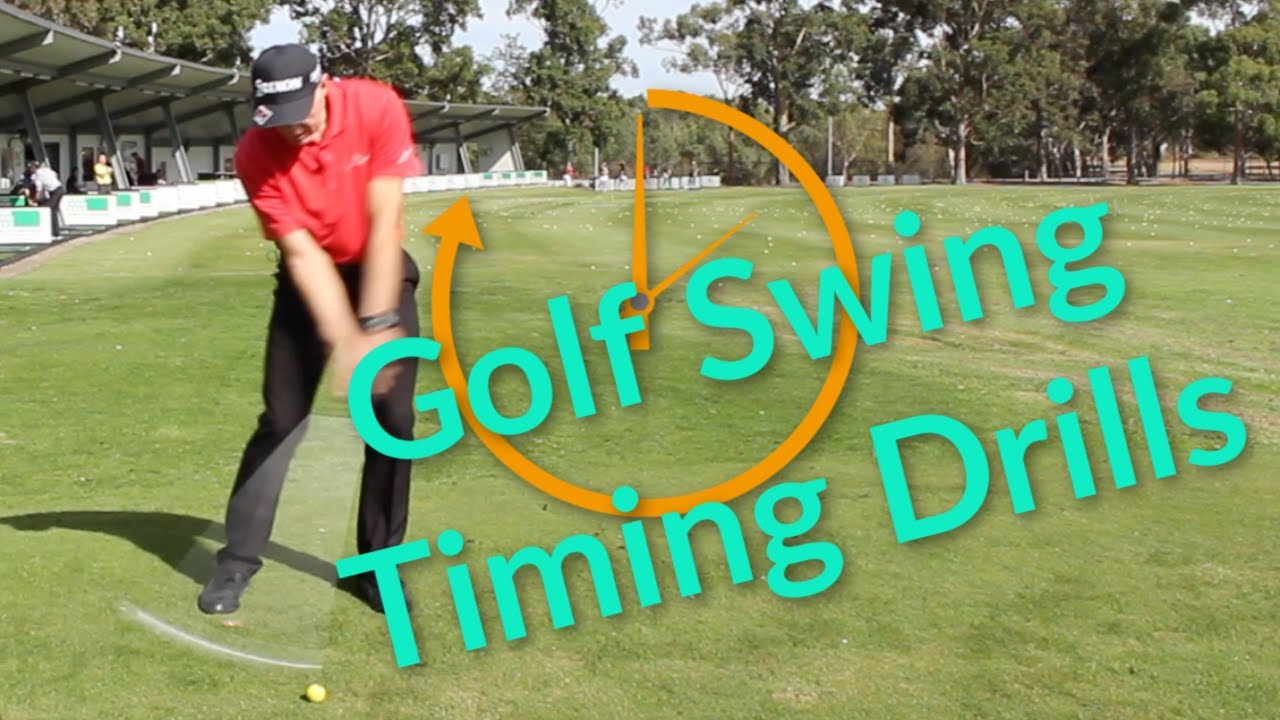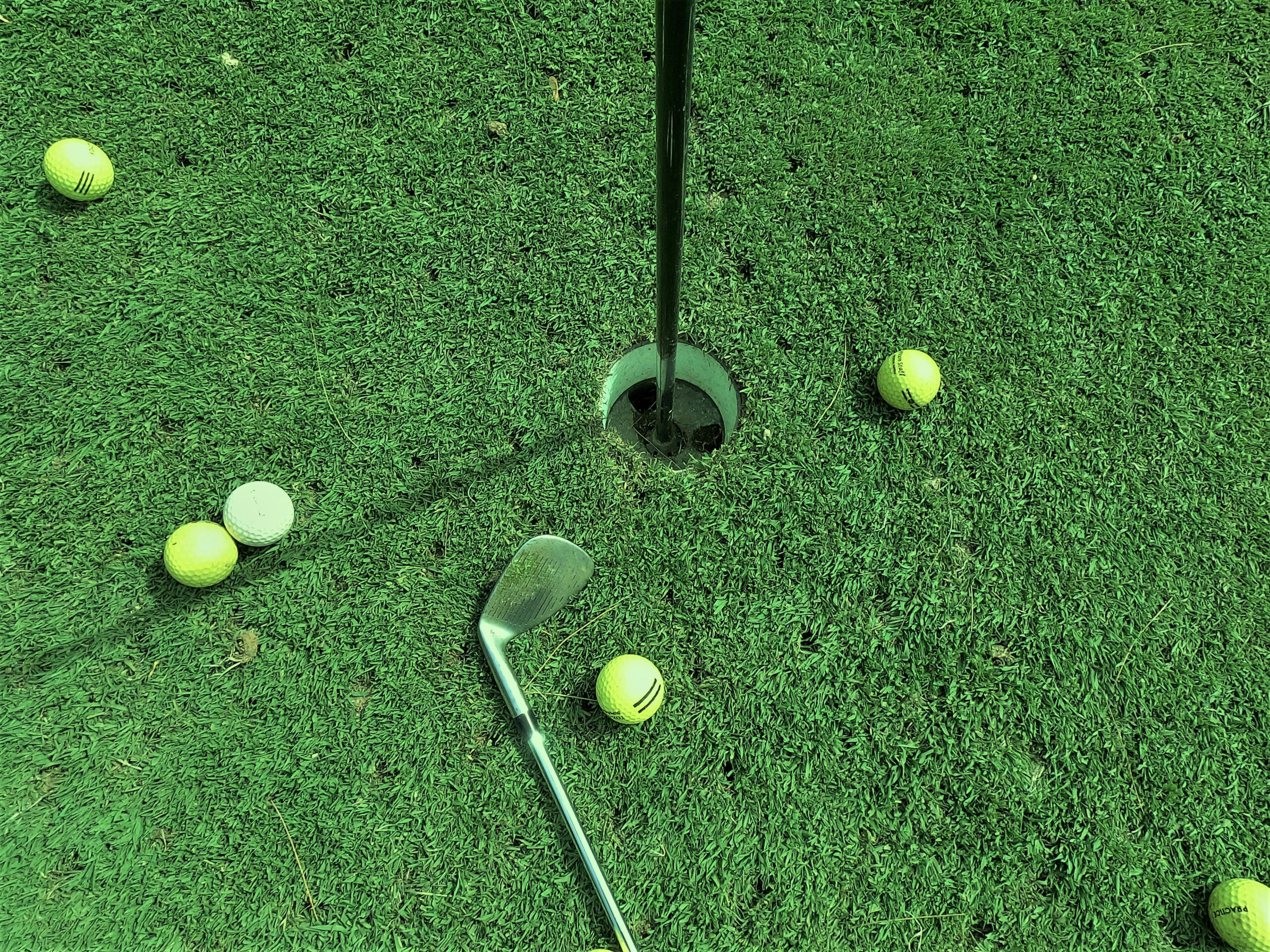Lucky for you, I have some fantastic drills to help you improve your golf swing timing. These exercises are designed to fine-tune your technique and help you hit the ball with precision. The video by Peter Knight Golf will guide you through these drills step by step, making it easy for you to follow along and practice at your own pace.
Incorporating these golf swing timing drills into your practice routine will make a significant difference in your game. By honing in on your timing, you’ll see improvements in your accuracy and distance. Follow along with the video by Peter Knight Golf, and watch as your golf swing becomes more consistent and powerful.

Introduction
Timing is a crucial aspect of the golf swing that often gets overlooked. It can make the difference between a smooth, powerful shot and a mishit that goes way off target. Good timing allows you to transfer energy efficiently from your body to the club and ultimately to the ball. In this article, we will explore the importance of good timing in the golf swing and various drills you can incorporate into your practice routine to improve your timing.
Body Position Drills
When it comes to good timing in the golf swing, proper body position is key. Alignment drills can help ensure that you are set up correctly to the target, with your feet, hips, and shoulders all in alignment. Posture drills can help you maintain a solid foundation for your swing by keeping your back straight and your weight balanced. Hip rotation drills can improve power and accuracy by helping you turn your hips through the swing smoothly.
Swing Tempo Drills
Having a consistent tempo in your swing is essential for good timing. Metronome drills can help you develop a rhythm that stays constant throughout your swing. Slow motion drills allow you to focus on each segment of the swing, making sure that you are not rushing any part of it. Counting drills can help you maintain a smooth tempo by syncing your movements with a specific count.
Impact Drills
Proper contact with the ball is crucial for good timing and solid shots. Impact bag drills can reinforce the feeling of a clean strike and help you square the clubface at impact. Divot drills can improve your ball striking and divot pattern by focusing on the interaction between the club and the ground. Footwork drills can ensure that you are transferring your weight correctly at impact, maximizing power and control.

Release Drills
A full release of the club through impact is key to a powerful and accurate shot. The towel drill can help you encourage a complete release by feeling the towel whip through the impact zone. Follow-through drills can promote a complete finish to your swing, ensuring that you are extending through the ball. Wrist hinge drills can generate clubhead speed and help you maintain control over the club through impact.
Rhythm Drills
Syncing up your body movements with the swing is essential for good timing. The pump drill can help you establish a rhythm by coordinating your body motion with the club’s movement. Pause at the top drill can eliminate any rush in your downswing, allowing you to sequence your movements effectively. The three-quarter swing drill can develop a smooth and controlled motion, enhancing your overall timing.

Visualization Exercises
Visualizing the perfect swing can help you improve your timing and performance on the course. Mental imagery drills allow you to picture the ideal swing in your mind, reinforcing positive habits and movements. Slow motion visualization can help you ingrain proper timing and mechanics into your muscle memory. Pre-shot routine visualization can mentally prepare you for each shot, ensuring that you are focused and confident.
Equipment Drills
Using specialized equipment can also help you work on your timing in the golf swing. Impact tape drills can reveal where on the clubface you are making contact with the ball, allowing you to adjust your swing accordingly. Swing speed drills with a radar device can monitor your acceleration through the swing, helping you develop more power and speed. Tempo trainer drills with a specialized device can help you maintain consistent timing by providing auditory feedback on your swing tempo.

Practice Routine
Incorporating timing drills into your practice routine is essential for improvement. Create a consistent practice schedule that includes a variety of timing drills to work on different aspects of your swing. Make sure to warm up with these drills before playing a round to get your body and mind ready for optimal performance. Track your progress and adjust the drills as needed based on your performance to continue seeing improvements in your timing.
Conclusion
Improving your golf swing timing through drills can have a significant impact on your overall game. By focusing on body position, swing tempo, impact, release, rhythm, visualization, and using equipment drills, you can develop a more consistent and efficient swing. Regular practice and dedication to these drills will ultimately lead to better timing and performance on the course. Keep working on your timing and enjoy the results of your hard work out on the golf course.






